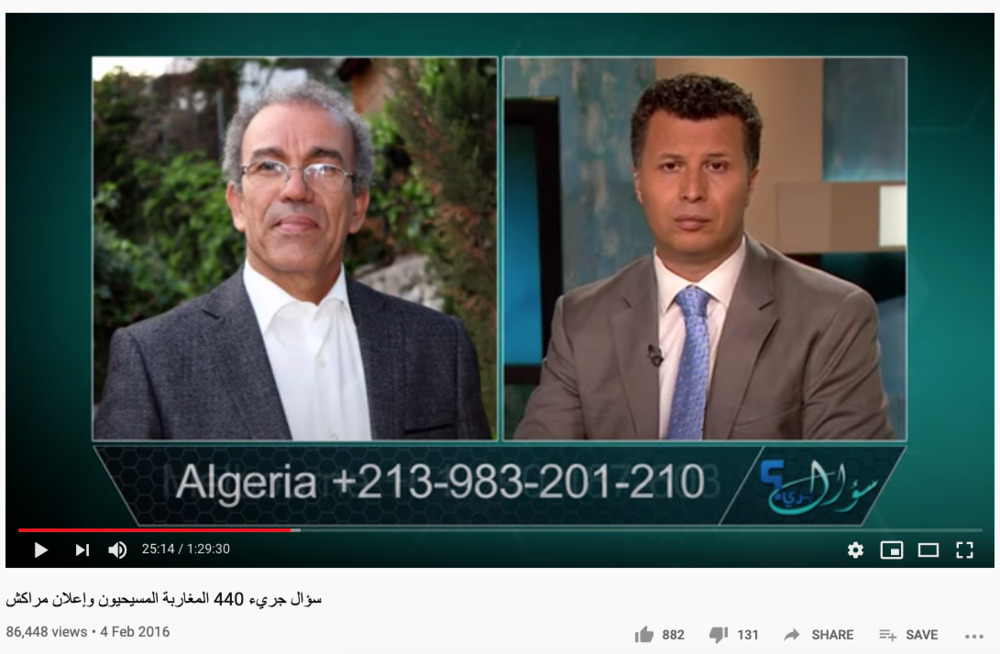A critic of the Marrakesh Declaration
‘It is very positive that religious leaders from different Islamic countries have gathered to study the situation of the religious minorities. This is in itself an important recognition as well as the acknowledgment of the need to grant minorities all their rights. The weak point of the Conference is that it was not held to apologise to minorities for the abuses committed in the past nor to recognise the errors. Rather, it was held for a single purpose. To defend that Islam as a religion is not guilty of what happens to religious minorities, since the culpable is terrorism and the Islamic State in Iraq and Syria (ISIS). In my opinion, the conference should have started from the reality that religious minorities lived in the Islamic world before terrorism and ISIS. The problems they faced had to do with the religious authority. With the laws that have settled the relations with religious minorities throughout time. The laws concerning the dhimmies (mainly Christians and Jews living under Islamic rule). Yes, the dhimmies were living under Muslims protection. But they were discriminated in many things that we now days consider part of racial discrimination.’
Context:
Religious minorities’ rights in an Islamic context are a great issue because they were being persecuted in the Middle East under the banner of the Islamic State in Iraq and Syria (ISIS) between 2014 and 2017. The Marrakesh Declaration Conference on the Rights of Religious Minorities in Predominantly Muslim Majority Communities took place under the auspices of the king of Morocco in 2016. It gathered many Muslim scholars from over 120 countries along with leaders from non-Muslim religious groups. The Marrakesh Declaration highlights the positive aspects of religious pluralism under Islamic rule in the past, such as the protection of non-Muslims and the religious freedom granted to them (the dhimma pact). This clipping shows some of the criticism of the Declaration from the standpoint of Ahmad Asid, an Amazigh activist and scholar from Morocco.
In this clipping, he refers to the status of dhimmies, specifically the stipulations of the Caliph Umar (634 to 644) under which Christians and Jews faced certain limitations. For example, Christians needed to cut their hair in a specific way, they could not carry weapons, their houses could not be built higher than that of a Muslim, etc. (see the Stipulations of Umar clippings). The Amazighs are the indigenous people from North Africa. They are overwhelmingly Sunní Muslims, but according to some sources, there have been conversions to Christianity more recently. Although they cannot be considered a minority in demographic terms, they have been ‘minoritized’ throughout history.
Scholars like Brian A. Catlos (2014) state that rules restricting dhimmies ‘were implemented only in certain locales and at certain times, and were frequently disregarded altogether’. Anyhow, the problem with Asid´s assertion is the place from which it was issued, an Al Hayat TV show called Brother Rachid. This programme disseminates an Islamophobic discourse that reinforces the idea of a clash of civilizations between Islam and the West.
Can criticism and tolerance be compatible?

